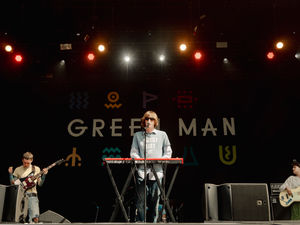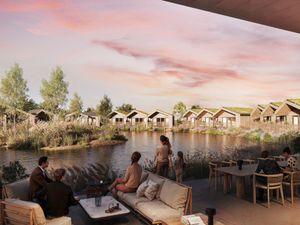Church spotlight: Two Shropshire churches in one at place of worship divided by history
Like many village churches, St Peter's at Adderley has a rich and colourful history going back through the centuries. And like many churches, the pillars of the community played an active role in its development, and are remembered several hundred years later for the contribution they made.
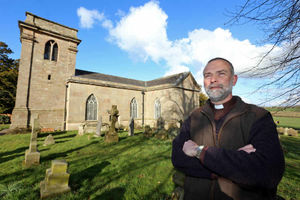

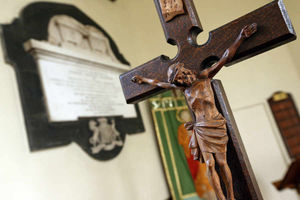
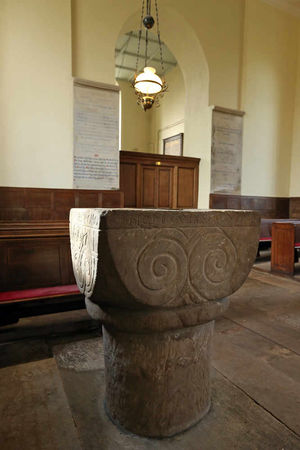
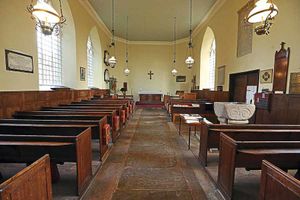


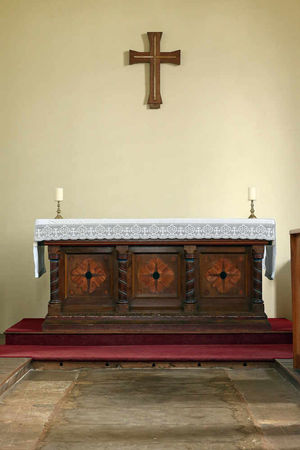
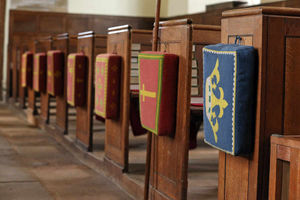
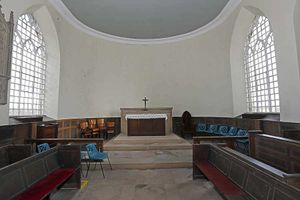



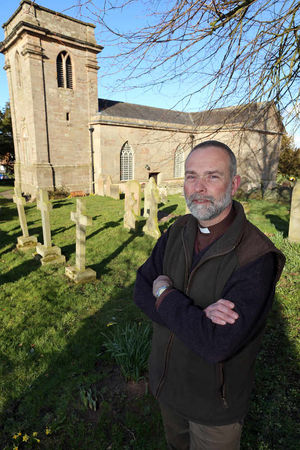
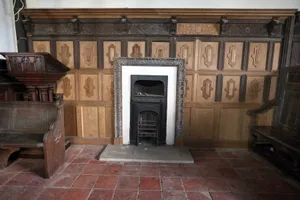
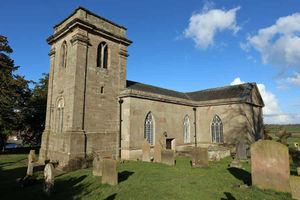
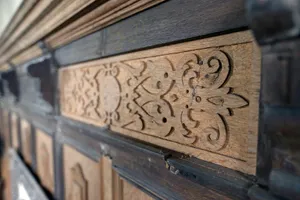


However, there is one feature which the Rev Michael Last believes makes it unlike any other church in Britain: a wall down the middle splitting the building into two.
"We're like a Tardis in reverse," says Mr Last, who took over as rector around three-and-a-half years ago.
"From the outside, it looks quite a substantial building, but when people go into the nave, which we use as the parish church, it is actually quite small."

Established: circa 1000 AD.
Capacity: around 100 in the parish church section.
Main services: 9.30am Sunday (times may vary).
Interesting features: 12th century font, carved with rosettes, scrolls and volutes; pulpit dating back to around 1801; the Corbet and Needham family pews; memorial to Sir Robert Corbet by John Carline; brass in memory of Sir Robert Needham and his family; cast iron windows made at Coalbrookdale; the Kilmorey family chapel.
It was the need for major repair work in the 1970s which led to the church being split into two. The Church Conservation Trust took over the chancel and south transept, while the nave continued to be used for worship.
"It was a case of either dividing the church into two, or the church having to close completely," he said.
"There were no grants around back then."
Does Mr Last look forward to the day when the church will be reunited as one?
"We talk regularly with the Church Conservation Trust, and there is hope that one day it will be one, but whether that will ever happen, I don't know," he said.
"There is no heating in the side belonging to the Church Conservation Trust, so there would need to quite a lot of investment before that was possible."
The upside of the division is that it creates a warm, intimate atmosphere for the weekly services, which are typically attended by a congregation of 10 to 15 members. However, it does mean it can be a bit crowded at times.
"If we have a large funeral on, we use a sound system and transmit the service into the other part of the church, which belongs to the Church Conservation Trust," he says.
At least this division in the church is amicable and friendly, unlike the feud which between the rival Corbet and Needham families, who were locked in a bitter dispute about their place in the church for much of the 17th century.
Sir John Corbet, who lived at Ightfield, to the west of Adderley, was a puritan and a Parliamentarian, while Robert Needham, of neighbouring Shavington Hall, was a committed Royalist. On the accession of Charles I in 1625, he was elevated to the Peerage of Ireland as the 1st Viscount Kilmorey, and initially the quarrels between the pair centred on rights of way and small pockets of land.
However, it seems that Needham was also unhappy about his status in the church. As patron of the church, Corbet had a pew in the chancel facing the rector, while Needham, as a mere parishioner, was expected to sit with the congregation in the nave. In an attempt to heal the feud, the rector gave up his pew so that Needham could sit there.
However, Needham was still not happy, and petitioned Thomas Morton, the Bishop of Lichfield for permission to restore his own private chapel at the church, which was consecrated in 1629. However, eight months later, Corbet began a suit in the Court of Arches to have the consecration of the chapel declared invalid, and the battle dragged on for another two years. Corbet then retaliated by having his dead Irish footman buried four feet above Needham's father in the chancel of Adderley church. Corbet was eventually ordered to exhume the body.
Emboldened by his victory, Needham – by this time Viscount Kilmorey, demanded that he be allowed to build a family mortuary chapel in an aisle or transept, and the extension was finally built by 1637. However, on 6 March 1642, while Corbet was in attendance at parliament, his wife and children occupied the Kilmorey chapel.
On 30 March, four of Corbet's armed servants prevented Kilmorey's reoccupation of his family pews. On 8 May Ann Corbet sent 20 armed men to secure the church before taking her family into Kilmorey's chapel, and in the afternoon repeated the show with an even larger force. The dispute soon became overtaken by events, however, with the outbreak of the English Civil War – in which the two men fought on opposing sides.
While the feuding might not have been one of the more edifying aspects of the church's history, it has helped create the interesting and fascinating building we have today, including the pews belonging to the Kilmorey and Corbet families which are in the Conservation Trust area of the church, as well as numerous memorials to the two families.
Robert Milton, of the Church Conservation Trust, said: "It is stories like this which make the churches what they are today.
"When you look at the private pews, they often had their own iron fires next to them, their own heaters, they were very much a home from home, it very much reflected the order of the time."
Another interesting feature is the collection of plain glass windows, which not only give the church a bright, airy atmosphere, but are also steeped in Shropshire's industrial history, having been made in cast iron at Abraham Darby's Coalbrookdale foundry where the Iron Bridge was also made.
However, Mr Last says there is one disadvantage to this: "Being cast iron, they do tend to expand in the cold weather. Sometimes the glass breaks."
Mr Milton said a joint open day for the two parts of the church was planned for the summer, to encourage people in the village to take an interest in the history of the village.


